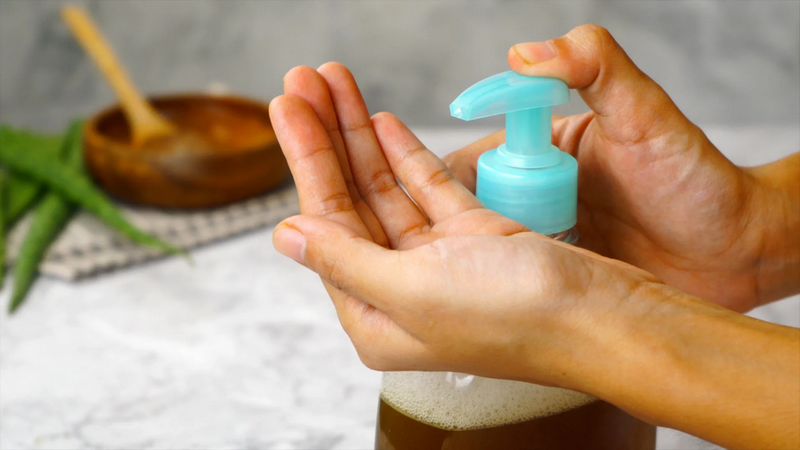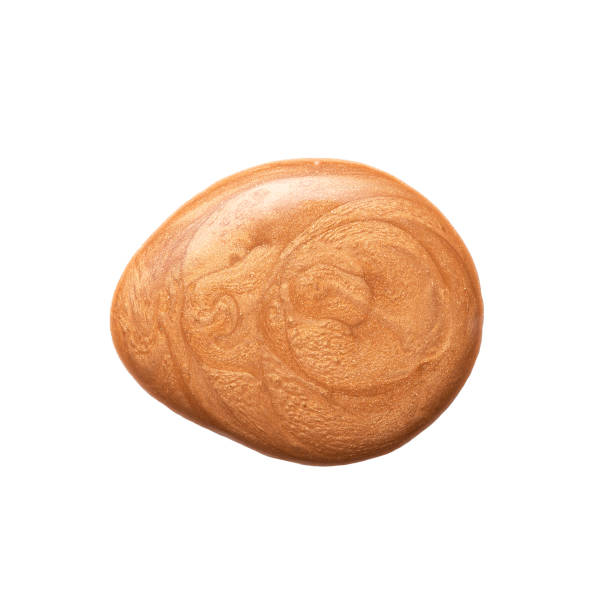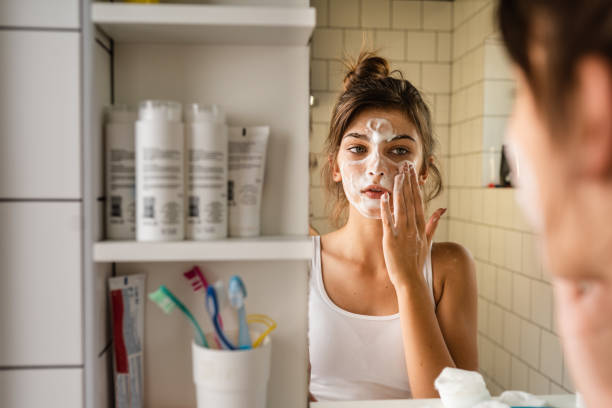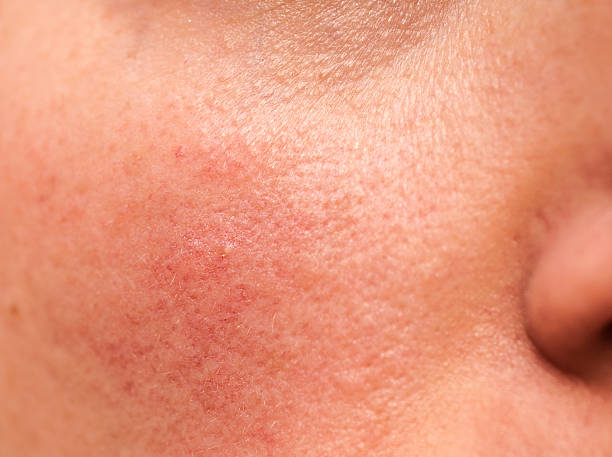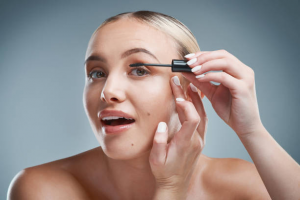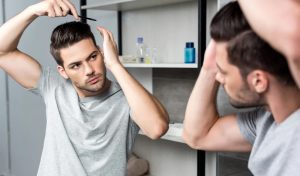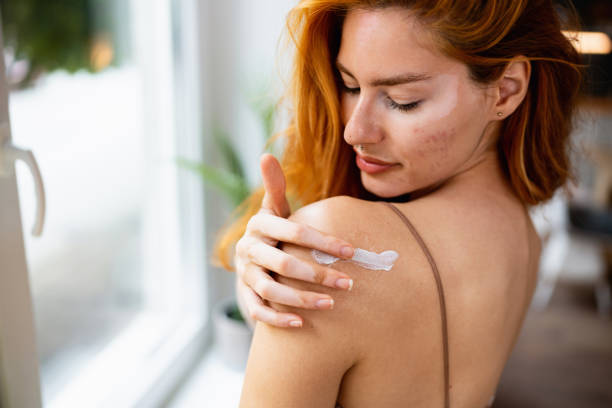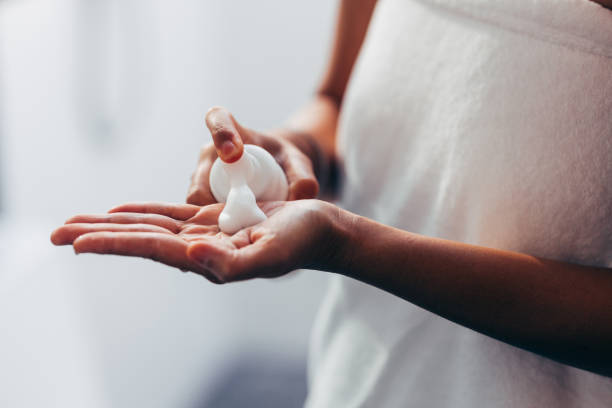Crafting your own homemade hair gel is an easy way to avoid the harsh chemicals found in commercial styling products while harnessing the nourishing benefits of natural ingredients. Whether you’ve got too much frizz, naturally curly hair that needs defining, or you want to encourage hair growth, a DIY flaxseed or aloe vera gel could be the perfect solution. This simple recipe not only provides a good hold and adds shine, but also helps promote a healthy scalp. Read on to learn more about how you can create your very own homemade hair styling product that works great and feels even better.
Introduction to Homemade Hair Gel
The trend of making your own homemade hair care products allows you to have complete control over what goes on your hair and scalp. Not only does it give you the opportunity to tailor your hair gel to your specific needs, but it also ensures that you’re not exposing your hair to potentially damaging chemicals. Natural products can help in promoting hair growth, maintaining the natural texture, and providing better overall health for your hair. Plus, whipping up your own homemade concoction is an excellent way to reduce waste and cut down on the plastic bottles that typically come with store-bought gels.
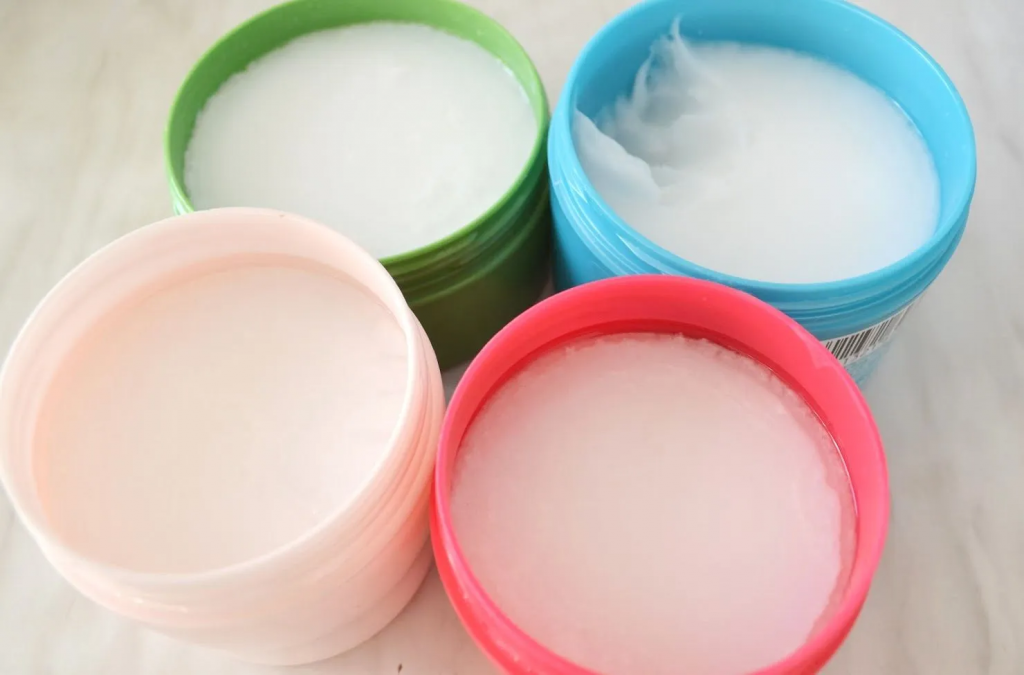
Understanding the Components of Hair Gel
Every homemade hair gel recipe is based on combining a thickening agent with water or another liquid and then adding other ingredients to promote styling and health. Natural thickeners like flaxseeds or agar-agar are used to achieve the gel-like consistency, while essential oils and other natural ingredients such as aloe vera or honey are added for their beneficial properties. Making sure your recipe includes a preservative, like vitamin E or grapefruit seed extract, will help extend the shelf life of your gel.
Ingredients Needed for Your DIY Hair Gel
To create your DIY hair gel, you will need a handful of simple ingredients. Aloe vera gel is a popular choice due to its moisturizing properties and natural hold. Curly-haired individuals will find that aloe vera helps define their curls without drying or making the hair crunchy. Essential oils are added not only for their lovely fragrances but also for their numerous benefits, such as promoting hair health and stimulating growth. Lastly, a natural preservative is key to making sure your homemade gel will last.
| Ingredient | Purpose | Options |
|---|---|---|
| Aloe vera gel | Moisturizing, styling | Flaxseed gel, Agar agar gel |
| Essential oils | Fragrance, hair and scalp health | Lavender oil, tea tree oil, peppermint oil |
| Natural preservative | Extend shelf life | Vitamin E oil, grapefruit seed extract |
Step-by-Step Guide to Making Natural Hair Gel
Firstly, if you’re using aloe vera, you’ll need to extract the gel from the plant leaves or purchase pure aloe vera gel. Ensure that the aloe vera gel does not contain ingredients that might cause irritation or undermine the natural quality of your final product. When selecting essential oils, consider what works better for your hair type—lavender oils are great for most types, tea tree is good for scalp health, and peppermint adds a fresh sensation.
The Cooking Process
If you’re making flaxseed gel, start by boiling water and then added flaxseeds. Keep stirring until the mixture reaches a gel-like consistency. Once cooled, the gel should be strained from the seeds. When creating an aloe vera gel blend, gently heat the aloe vera to enhance its natural qualities; just be sure not to cook it for too long. After you have your base, you can add and thoroughly mix in your chosen essential oils and preservatives.
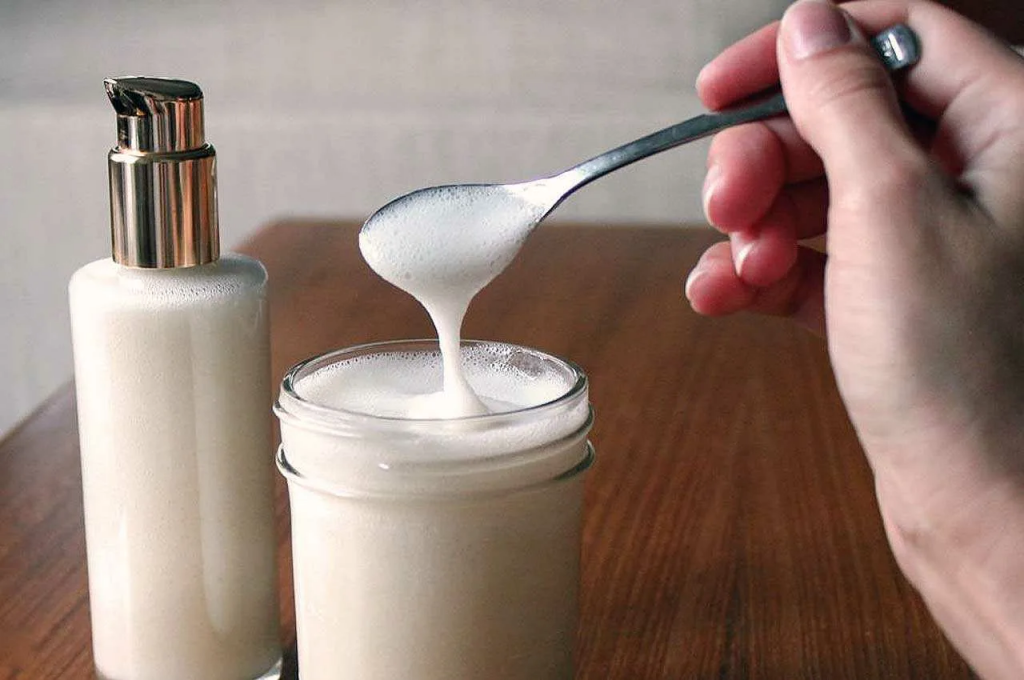
Styling Your Hair with Homemade Gel
Applying your DIY hair gel is so easy. Simply scoop a small amount into your hands and work it through damp hair. If you’re not sure how much to use, start with a smaller amount—you can always add more if needed. This gel is also great for scrunching into curly hair to define curls or smooth onto straight hair for a slicked-back look. It’s crucial to remember that homemade gels might not provide the same hold strength as commercial gels, but they will give you a good hold without the harmful ingredients.
Storage and Shelf Life of Your Hair Gel
Storing your DIY hair gel properly is essential for maintaining its freshness and maximizing its shelf life. It’s best to keep it in an airtight container in the fridge since homemade gels will not contain the strong preservatives found in commercial products. You can expect your homemade hair gel to last for about two weeks, although using a natural preservative might extend that slightly. Always take note of any changes in smell, color, or texture as these are signs that your gel has expired.
Conclusion
By making your own homemade hair gel, you gain the ability to control what you put on your body and take one step closer to a natural, healthier hair care routine. Embrace the creativity that comes with DIY recipes, and don’t be afraid to experiment with different ingredients to find what works best for your hair type. Not only will you have styling products that are effective, but you’ll also enjoy healthier hair thanks to the nourishing, natural ingredients.

FAQs
- Can I make hair gel without aloe vera?
Aloe vera is widely used due to its beneficial properties, but if it’s unavailable, flaxseeds or agar-agar can offer a similar consistency for your homemade gel. - How long can I store the homemade hair gel?
Your homemade hair gel should keep for about one to two weeks in the refrigerator, depending on the ingredients and natural preservatives used. - Is homemade hair gel suitable for all hair types?
Yes, homemade hair gel can be customized for all hair types. Adjust your recipe to cater to your hair’s needs, whether it needs lighter oils or more fixatives. - Can I use homemade hair gel on color-treated hair?
Homemade hair gel is safe for color-treated hair and can help nourish it, extending the vibrancy of your color due to the absence of harsh chemicals. - What essential oils are best for homemade hair gel?
Choosing essential oils depends on your fragrance preference and their specific benefits for hair care. For example, lavender promotes hair growth, tea tree targets scalp health, and peppermint is invigorating and stimulating.
